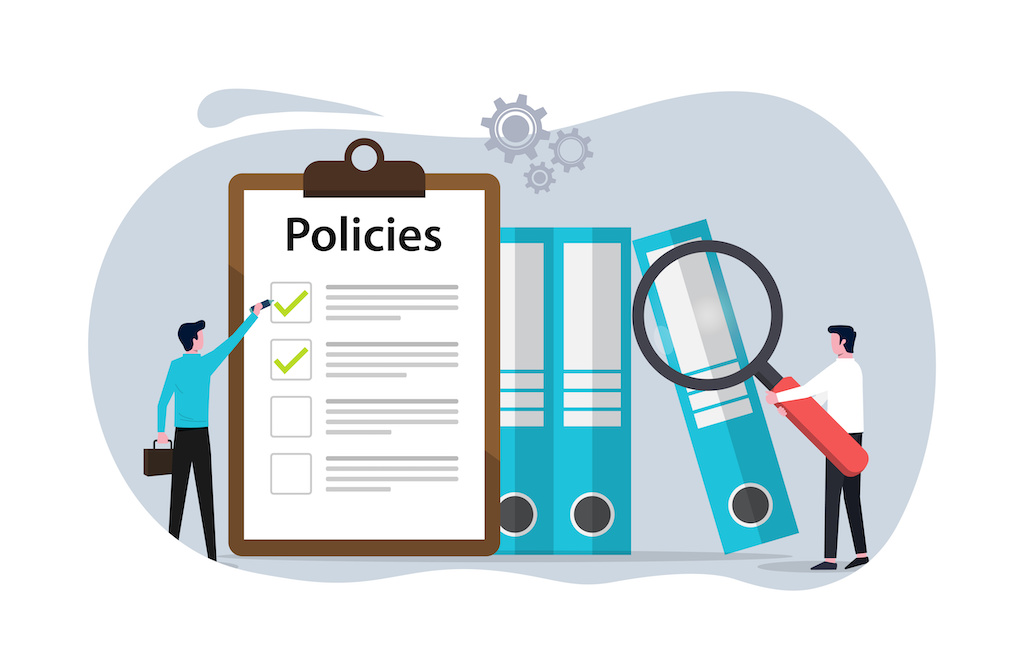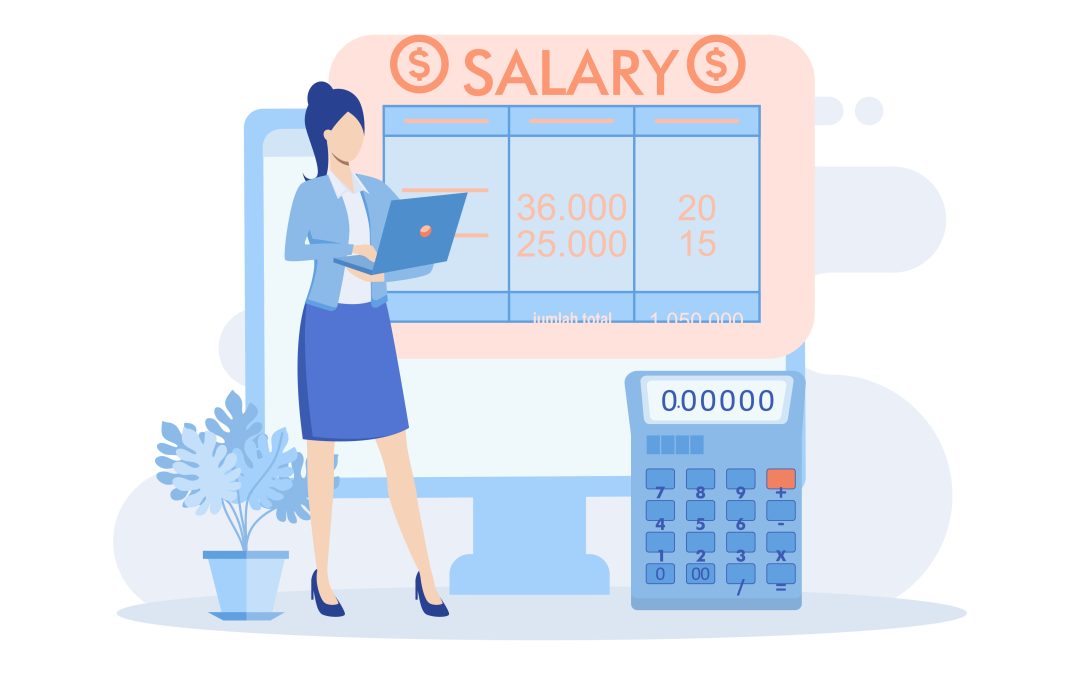
Trends in Government Contracting: What You Need to Know
Trends in Government Contracting: What You Need to Know
Government contracts are a vital sector of the economy that provide services and goods to federal, state, and local agencies. It is a great way for businesses to secure long-term contracts and sustain their revenues. With the ever-changing political climate, government regulations, and the recent pandemic, the government contractors have seen significant changes in the past year. In this blog post, we will take a look at the outlook for government contracts and current trends in government contracting along with what they mean for business owners and government contractors.
Trends in Government Contracting
Increased Focus on Cybersecurity
One of the significant concerns for government agencies is data privacy and security. With more information being stored electronically, cybersecurity threats have become increasingly prevalent. As a result, organizations that provide cybersecurity services are in high demand. Government contractors need to keep up with the latest tools, techniques, and best practices in cybersecurity to stay ahead of the curve.
Increased Emphasis on Small Business Participation
The government has recently taken significant steps to increase small business participation in government contracts. These efforts include setting aside specific contracts for small businesses and streamlining the certification process. As a small business owner, it is essential to take advantage of these opportunities by staying up-to-date with government contract regulations and procedures.
Remote Workforce
The COVID-19 pandemic has resulted in a shift towards remote work. Many government agencies have enabled telework, and this trend is expected to continue even after the pandemic subsides. As such, government contractors must adjust their work environments to accommodate for remote work while maintaining high-quality service levels.
Favorable Regulatory Environment
The current regulatory environment is relatively favorable for government contractors. The 2017 National Defense Authorization Act (NDAA) increased the budget for defense spending, which will lead to more contract opportunities in the Department of Defense. Additionally, the General Services Administration has launched several initiatives to streamline the procurement process and provide more opportunities for small businesses.
Shift Toward Cloud-Based Solutions
As the government moves towards more cloud-based technologies, contractors should expect to see increased demand for cloud-based solutions. The government’s “Cloud First” policy means that cloud-based solutions will be preferred over traditional on-premise solutions for most IT procurements. Companies that offer cloud-based solutions should have a competitive advantage in this market.
Focus on New Technologies
In recent years, the government has looked to new technologies to improve efficiency and reduce costs. These technologies include artificial intelligence, machine learning, and robotic process automation. As such, government contractors must be aware of emerging technologies to remain competitive in the government contracts space.
Increased Competition
The government contracts sector remains crucial to the economy, and the demand for government services will continue to rise. Although there are many opportunities as a government contractor, there is also increased competition. As the market continues to grow, there will be more companies vying for the same contracts. Nevertheless, businesses that stay attuned to the latest trends, adapt to new environments, and invest in innovative technologies can be successful and remain competitive.
Focus on Compliance
The government contracts sector is heavily regulated, and contractors must comply with a variety of laws and regulations. Companies that fail to comply can face significant penalties. As the government increases its focus on compliance, contractors must ensure that they are fully compliant with all applicable regulations.
The outlook for government contractors is positive, and there are several significant trends in government contracting to keep in mind. Businesses should be aware of the increased focus on cybersecurity, the increased emphasis on small business participation, compliance, the remote workforce, the focus on new technologies, and increased competition. By staying up to date on these trends and remaining adaptable, businesses can succeed in this competitive space.
Are you a Government Contractor or thinking about becoming a Government Contractor? Virtual CFO provides GovCon-centric strategic accounting for small businesses providing services in technology, architecture, engineering, aerospace, and project management industries.
We know your pain points – let us help you relieve them – schedule a consult.




